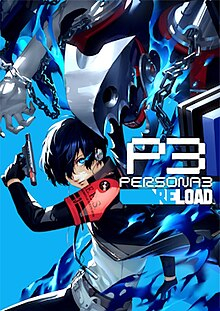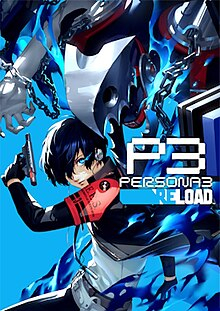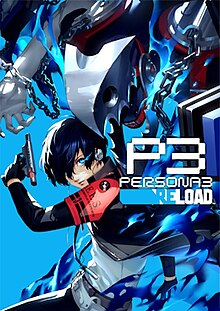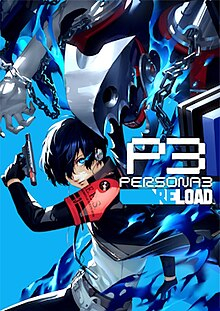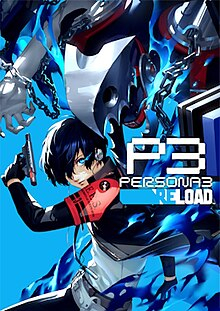
Persona 3: Reload (PC) - Review
by Paul Broussard , posted on 03 March 2024 / 3,038 ViewsI clearly don’t learn from my previous mistakes very well. Two years after reviewing two 60 hour open world games within the span of a month and thoroughly regretting it, I opted to review two 60 hour JRPGs within the span of a month. It’s gotten so bad that I actually found myself momentarily pausing to try and check my SP before leaving my apartment at one point this week, before realizing how stupid that sounded.
Persona 3: Reload, then. A remake of the original Persona 3, which I missed out on the first time around. Persona 4 was my entry into the series, so consider this more of an overarching review of the game and its merits, rather than how good of a remake it is (beyond a single point I want to touch on briefly). As is series tradition, you play as a high school transfer student who, in this version at least, is decidedly male, which felt like a bit of an odd decision to me given that the PSP version included the option to play as a female protagonist. While I usually prefer to play as a guy in games where I’m given the choice, removing previously established content feels like a bummer for those who would have preferred to play as a girl.
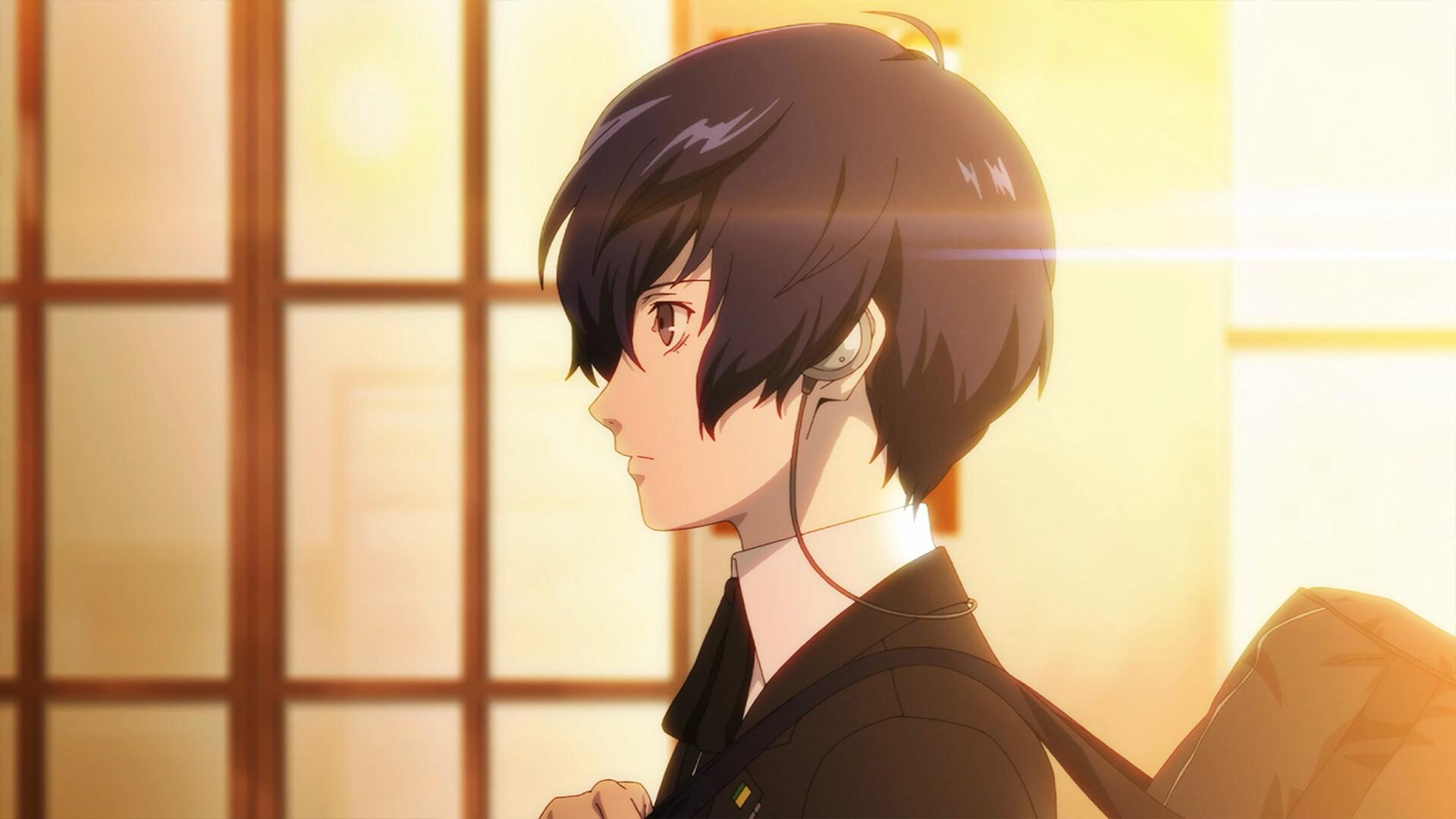
Setting that aside, the plot of Persona 3: Reduction in the Maximum Number of X Chromosomes unfolds primarily within the confines of a Japanese high school. Your transfer student moves into a dormitory that turns out to be run by a secret school club focused on fighting mysterious monsters called Shadows, which appear only at midnight by using Personas. As per series tradition, you discover that you have special powers, like being able to switch between a variety of Personas rather than being stuck with just one (in contrast with other team members), and being able to hallucinate old men and a child. You're also capable of making friends with anyone and immediately adjusting to a new school as a teenager, which is perhaps the most unrealistic part of the game. You join up with the aforementioned secret monster fighting club and work to unravel the mysteries behind why the Shadows are appearing and how to stop them.
It’s tough to summarize the plot much beyond that without spoiling significant elements; Persona 3: Revisit the Velvet Room Over and Over is on a much slower boil than its more modern counterparts. While Persona 4 introduced its TV World and kicked off a kidnapping/murder plot within a couple of in-game weeks, and Persona 5 threatened to kick you out of school even faster, several months pass before any significant plot developments happen in Persona 3: Restarting to Answer the Social Link Correctly. While I can appreciate working your way up to things, I think there’s a fine line between deliberate pacing and not having enough happening to maintain player interest, and I found myself feeling like the game was on the latter side of that line quite a bit at the start.
Once the story does get going, though, there's a lot to love. Persona 3: Repeatedly Visiting the Noodle Place to Boost my INT Stat really focuses on showing its characters grapple with complex and emotionally challenging topics, like mortality, finality, and learning to let something go and move on. While Personas 4 and 5 certainly tackled some weighty topics in their own right, and could be plenty dark at points, this entry goes well beyond its successors in those respects, and frankly I think it's better for doing so. I think Persona’s at its strongest when it's dealing with dilemmas founded in uncertainty over what the right course of action is, rather than cartoonishly evil villains, and 3 really dives headlong into that in the second half of the game. I’m usually against the “it gets good later” argument, but for what it’s worth, the narrative in Persona 3: Rearming Myself from a Sketchy Police Officer does get good about 20 hours in.
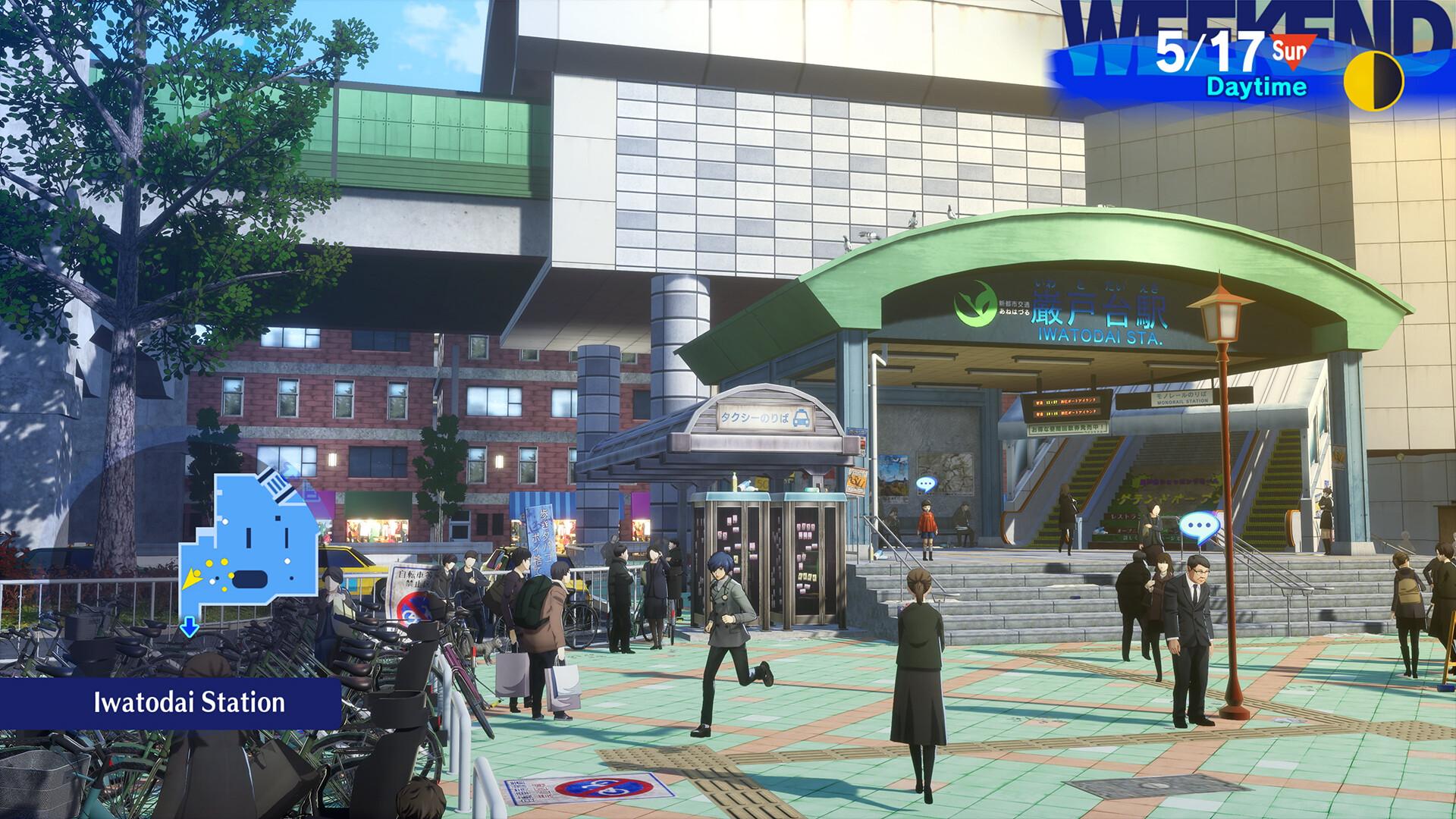
The gameplay is, probably unsurprisingly, similar to 4 and 5, with a mixture of combat and social life. During the day, you go to school, and can then opt to spend time afterwards in a variety of ways, including hanging out with friends, going to restaurants/entertainment venues, or gardening. Most activities either raise your character attributes (which you usually need a certain amount of in order to unlock other activities) or your social bond with an individual (which improves your ability to craft better Persona to assist in battle). All of these operate on an inherent timer of sorts; each activity takes up a “time slot,” and there are only two time slots per day, which means prioritizing how you want to spend your time is important. Certain activities are also only available during specific days and times, which makes it essential to plan these elements out in advance.
The links themselves are generally well written and engaging, with a good variety of characterization and interesting arcs for the characters involved. I still think 4 handles this aspect the best, but 3 isn’t that far behind. Nearly everyone gets some sort of interesting arc or development, with my personal favorite being Miyamoto’s, which hit pretty close to home as a former high school athlete myself. Like other Persona titles, there’s also a good gameplay incentive to use them, as improving links also improves your ability to fuse certain types of Persona.

Which brings us to the combat. In the Persona universe, being a transfer student comes with a mandatory year spent in an alternate dimension inhabited by monsters that real people keep slipping into. Like other entries in the series, combat works on a turn-based format, with usual magic attacks being replaced by skills from Personas. While the other members of the party are restricted to one Persona, your protagonist can freely switch between them, leaving him as a jack of all trades.
Combat is broken into two parts. Every month, a story event will occur where you go to a specific area and fight a boss. In between those events, you’re tasked with grinding your character up to appropriate levels in the game’s mega dungeon, Tartarus. And this is unfortunately the game’s biggest problem. Initially I thought Tartarus was going to be the predecessor to Persona 5’s Mementos: a grinding/predominantly side mission area that would exist alongside the main dungeons. Sadly, it’s the only dungeon in the game, and it’s just a bunch of procedurally generated, similar-looking floors one after the other, with random encounters along the way. There is some visual variety between areas, but within them everything is exceptionally samey. And worse yet is that it's absolutely massive, with a whopping 264 floors, and you’ll need to have explored all of them by the end of the game.

Perhaps people with a very, very high tolerance for grinding will appreciate this, but personally, forcing myself to go back into Tartarus for another round of samey floors, samey encounters, and the exact same two battle songs over and over was just never fun, and it made me start to wonder if the protagonists’ habit of putting guns to their heads to activate their Personas was meant to be some kind of subliminal messaging for what Tartarus will make players want to do to themselves. It’s not hard, it’s just tedious and time consuming. Tartarus really could’ve been about half its actual length and I don’t think anything of value would have been lost.
Although if that had been the case it might’ve just revealed how little there is to Persona 3. Without that grinding, the non-combat activities in the regular world get pretty boring too. There are no minigames like darts or fishing, and there are far fewer major story points where the gang just hangs out to break the pacing up. Basically every non-Tartarus night is just picking somewhere to hang out in the city and then watching some text appear on the screen describing how the night went. There’s nowhere near enough content here to justify the game’s length, and frankly even the non-combat portions are often pretty repetitive.
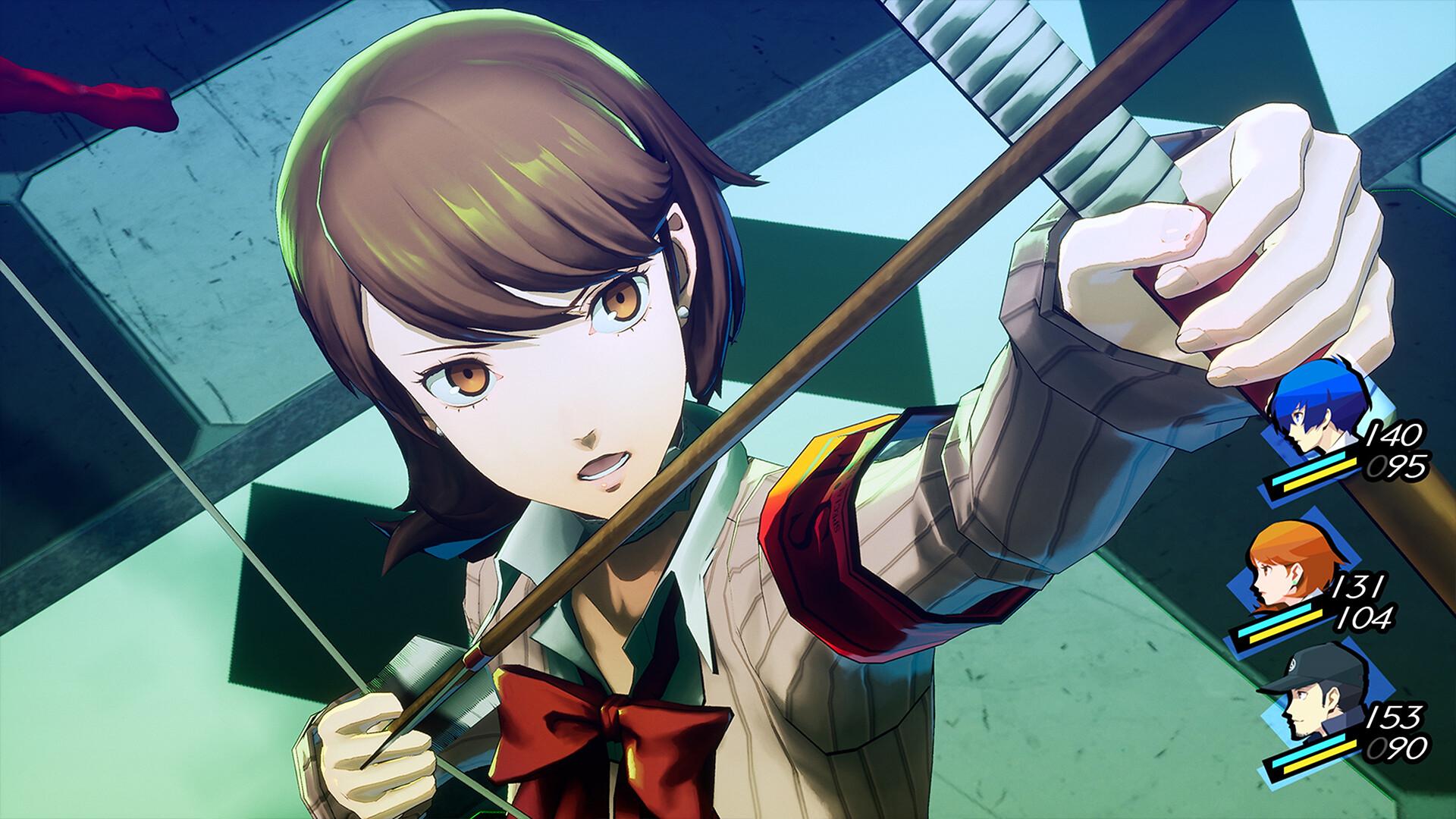
There is a lot to like, and even love about Persona 3, but it’s all buried underneath an incredible amount of tediousness - a very slow start to the story, an insipid amount of busywork and bland grinding in Tartarus, and a fairly unengaging overworld - so it’s tough to say I found myself enjoying it as a first timer. Perhaps it’s unfair to judge an older title by more modern standards, and I’m sure for people who enjoyed the original game, there’s no reason to dislike what’s here. If you're someone who doesn't mind a lot of busy work and a slow start in exchange for an interesting story (particularly the ending), then feel free to ignore everything written previously. However, it’s tough for me personally to view this as anything other than an average experience.
VGChartz Verdict
5
Acceptable
This review is based on a digital copy of Persona 3: Reload for the PC
More Articles
As perhaps this game’s biggest hypeman I suppose it shouldn’t come as a surprise that I don’t really agree with this rather bleak outlook on the game, but I’m also a strong believer in subjectivity so even if this feels more ranty than your average review, I can appreciate the honesty in that type of review, and I even agree with some of the criticisms mentioned (like Tartarus and to some extent the pacing), I just don’t see them as detrimental to an otherwise amazing experience. While it’s a little rough to admit the game did also fall a bit short of its (massive) potential as a remake, Tartarus in particular could have used a bigger overhaul, perhaps some unique sections among the randomness.
Where I think we differ most is when you say that there is “little to the game” or imply that the base Persona experience is a tedious one, it is a lot of the same for sure but these games are to a large extent all about that. They’re meant to be relaxing experiences, sporadically offset by powerful storybeats, which you can work your way through at your own pace. The loading screen in Persona 5 says it best: “Take your time”. I for one love that base gameplay of Persona with its simple loop of endearing little activities to boost your stats and jumping from social link to social link, which offer compelling stories themselves as a bonus to the main one (which is utterly incredible in this case).
I haven’t finished the game yet, and like I said I don’t think it’s the perfect remake it could have been but it’s still an upgrade to what was already one of my all-time favorites so for me we’re dealing with one of the greatest JRPGs of all-time and I suspect it’ll be at least be 9/10 in my eyes by the time the credits roll.
Thanks for your thoughts!
One quick note: I'm not sure I'd say that I think the base Persona experience is inherently tedious/little to do. Again, I'll freely admit my experience is limited to 3/4/5, but I don't think I felt like 4 and 5 were as limited in the same way. To take 5, for example; on any given day you can pursue a social link or just look to improve your stats, but there's also Mementos, main dungeon progression (which is independent from Mementos), lockpick crafting, darts, Phansite requests, and more. The game also works its battle system into some of its social links, which, while I still think social links are a strength in 3, is a great way of breaking them up a bit more. 3, at least to me, felt like it offered far less to do to break up that standard rigamaroll of grind/link/improve stat than 4/5 did.
A bit of advice to people. If you choose to eat noodles 50 times to raise a stat if course things will get slow and repetitive...this is a user issue not a game issue. There are literally dozens of ways to raise each stat and exploring them will give you more story and remove the tediousness.
Unlike later games where you just had to follow the social links, plot and build stats P3R you also need to explore the world to get a lot of back story and world flavour.
So instead of fast traveling to noodles every day talk to people with new bubbles and take notice of changing visuals.Also keep eye out for activity icons on map.
So to put it simply if you not exploring all your options don't complain it's repetitive and slow. This is user error not design flaw.
I don't think I stated anywhere here that I visited the noodle place anywhere close to 50 times, nor did I ever state that it was an option I predominantly picked throughout the playthrough, so this feels like a rather gross exaggeration of what I said.
I made a spoof of the title at one point in the review stating that I repeatedly visited it to boost my INT stat, which was only in reference to the week before the first exam where I crammed the best INT options I had (which were the noodle place and studying). But this was a grand total of one in game week and hardly encompassed the average night for me; I think I did my best to vary things up and engage with the variety of ways to spend time available. My complaint in the review was not affected at all by that one in-game week where I primarily visited the noodle shop and attended group study sessions.
I enjoyed the game, but coming from persona 5 I did miss the unique palaces and I agree tartarus did feel just like mementos but less interesting.
Sounds like this game has be released a lot over the last few years
Yeah we will probably get a FES version that may include the female MC or then again She may be sold separately as dlc , a dancing game a fighting game a Musou game etc etc.
























